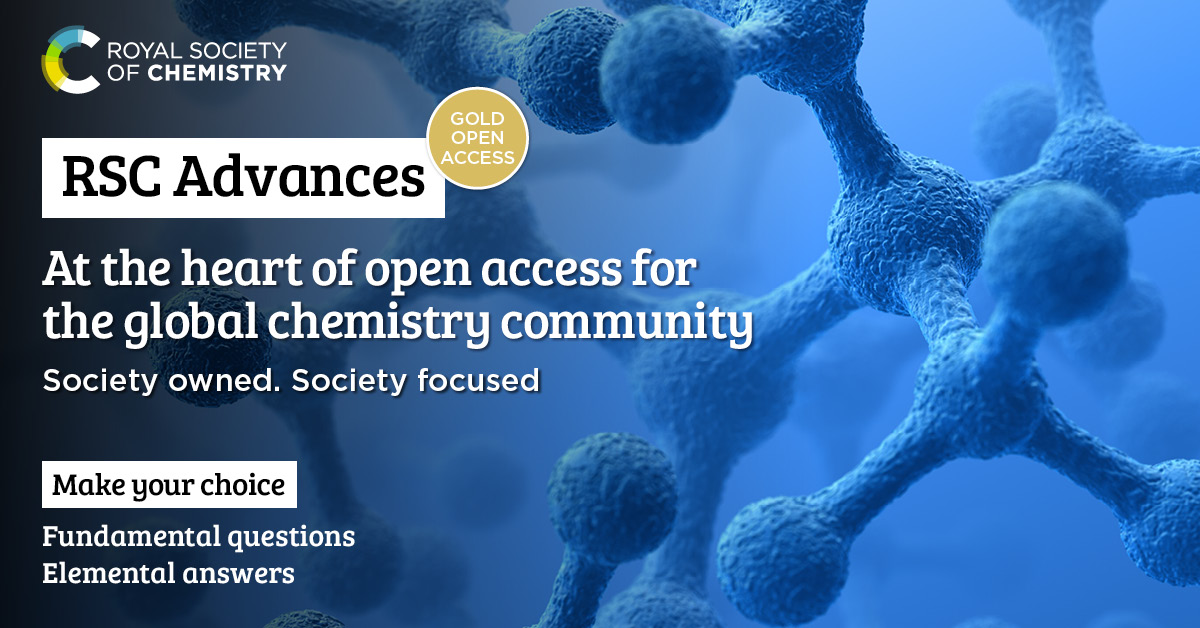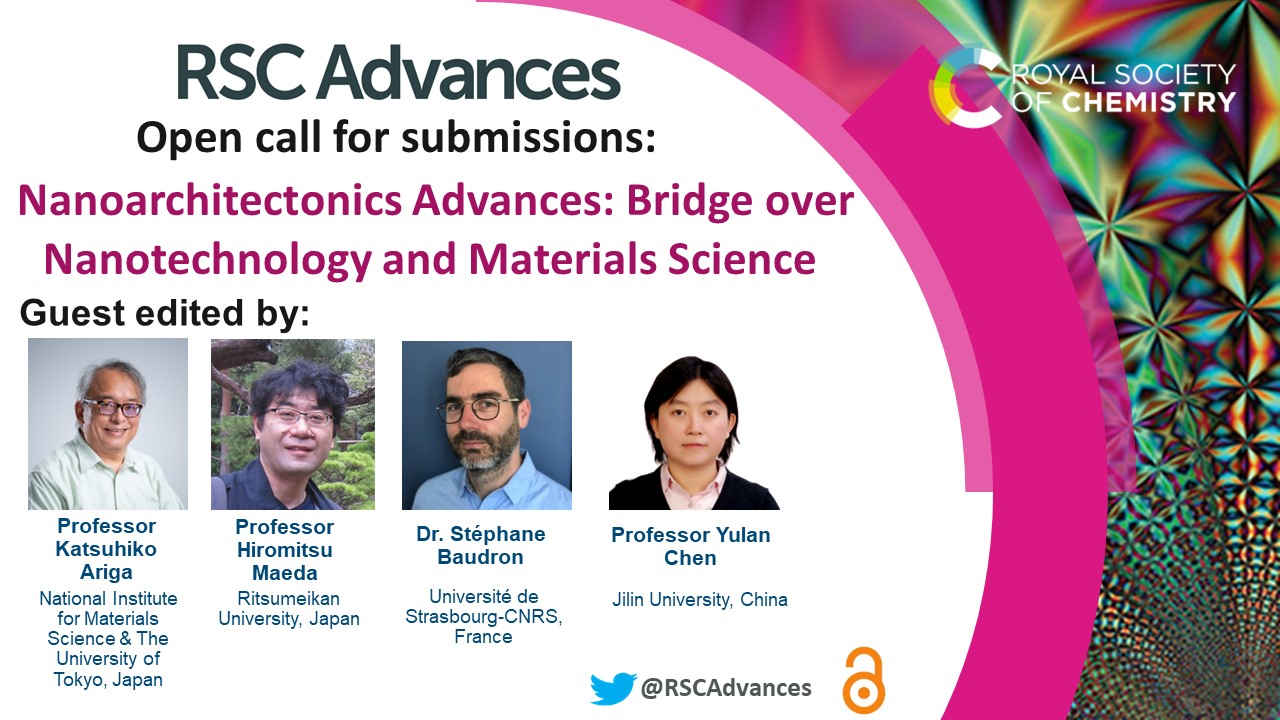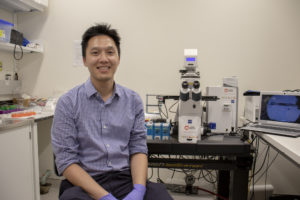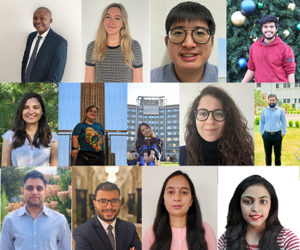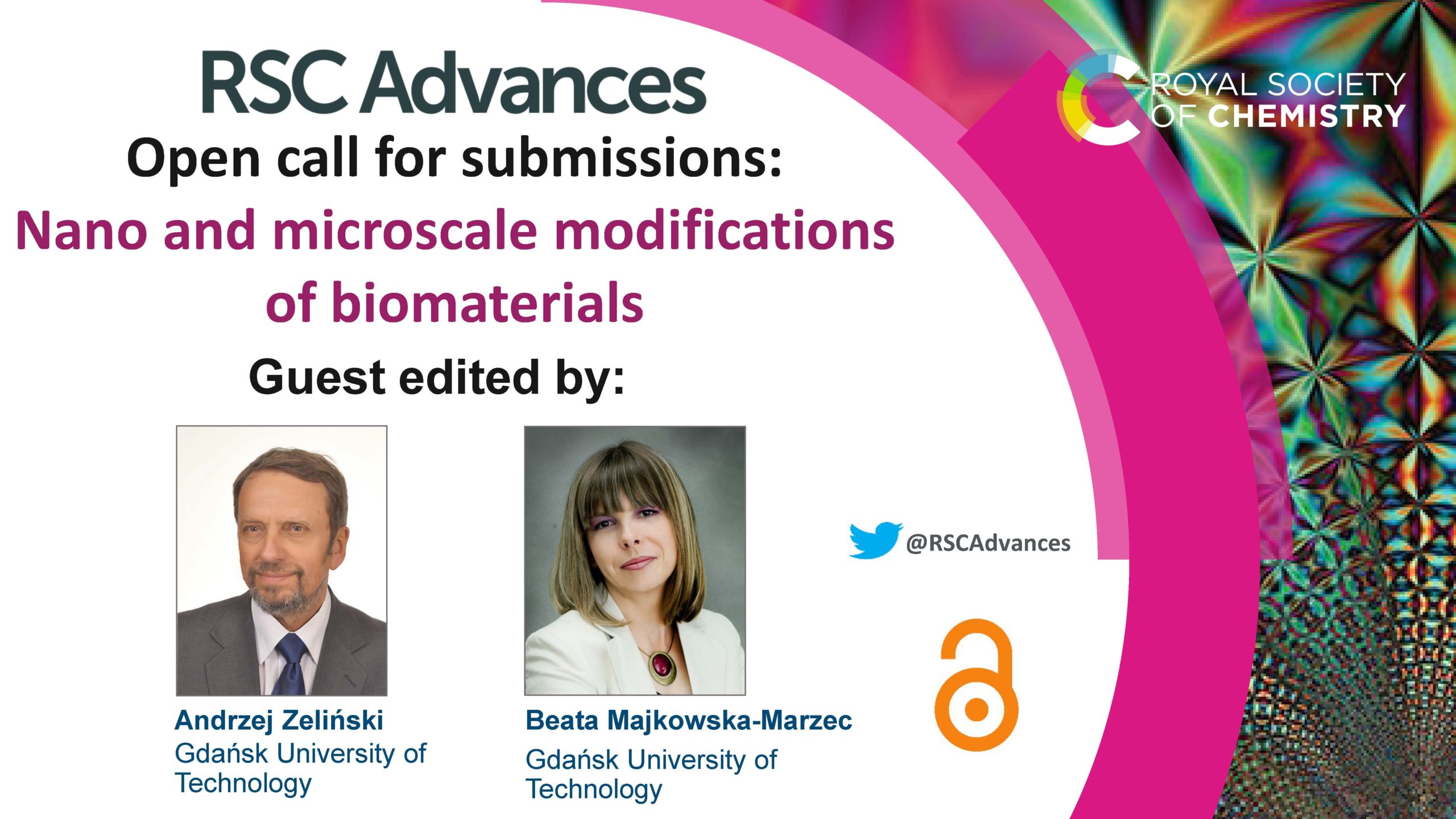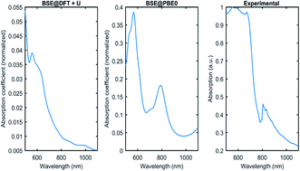Welcome to our Emerging Investigator Series 2021. This series showcases some of the very best work from chemists in the early stages of their independent careers. In keeping with the theme of RSC Advances as a cross-cutting chemistry journal, in this inaugural issue with the help of our Series Editor Professor James Batteas, 23 papers were published as part of the collection spanning the breadth of chemistry on topics ranging from the development and application of analytical tools and devices for chemical analysis, to the design and synthesis of bioactive materials for disease treatments, to catalysis and synthesis of new materials. You can read all about the contributions in this accompanying Editorial, prepared by the 2021 Series Editor James Batteas.
We would like to take this opportunity to highlight an author from the series, Dr Abisola Egbedina. We interviewed Abisola to find out more about her area of research and her contribution to the series.
Green synthesis of ZnO coated hybrid biochar for the synchronous removal of ciprofloxacin and tetracycline in wastewater
Abisola O. Egbedina, Kayode O. Adebowale, Bamidele I. Olu-Owolabi, Emmanuel I. Unuabonah and Morenike O. Adesina
RSC Adv., 2021, 11, 18483-18492
Abisola Egbedina completed her PhD in Industrial Chemistry at the University of Ibadan, Nigeria, under the supervision of Professor Kayode Adebowale and Professor Bamidele Olu-Owolabi. She earned her bachelor’s degree in Industrial Chemistry from Bowen University, Iwo, Nigeria (2009) and her master’s degree in Industrial Chemistry from the University of Ibadan (2012). She received the 2017 Commonwealth Science Conference follow-on grant from the Royal Society of Chemistry in 2018 to conduct research at the University of Toronto, Canada, under the supervision of Professor Ya-Huei (Cathy) Chin. Her research interests lie in the synthesis of low-cost and environmentally benign materials for applications in wastewater treatment. Specifically, she focuses on tuning the surface properties of these materials for optimum selectivity and efficiency. Her current research focuses on the synthesis of carbon materials from biomass for the removal of pharmaceuticals and other emerging contaminants from water. She has a number of peer-reviewed publications in international journals. She has also presented some of her research findings at various local and international conferences. Abisola Egbedina was appointed as an Assistant Lecturer in the Department of Chemistry, University of Ibadan in November 2016, and is currently a Lecturer II. Besides teaching and carrying out research, Abisola loves reading novels, watching movies, swimming and dancing.
Could you briefly explain the focus of your article to the non-specialist (in one or two sentences only) and why it is of current interest?
The goal of the study in the research article was to remove antibiotic contaminants from water sources utilizing an adsorption approach and low-cost, environmentally benign adsorbents.
Antibiotic resistance in organisms has been linked to the presence of these contaminants. Antibiotic resistance is increasing all over the world at an alarming rate, making common infectious diseases such as pneumonia, tuberculosis, blood poisoning and gonorrhoea more difficult to treat. The healthcare system has also been strained because of this. As a result, this research topic is timely since it aids in addressing these issues by looking for strategies to minimize the quantities of these harmful pollutants in the environment.
How big an impact could your results potentially have?
The findings described in the journal are just one in a series of studies that could lead to the identification of a cheaper alternative to activated carbon, which is now the most widely used and also the most expensive. Activated carbon is currently used in wastewater treatment plants and portable drinking water treatment systems. This raises the overall treatment cost due to its high cost. Demonstrating the effectiveness of the adsorbents presented in this work for a wide range of pollutants and their subsequent acceptance could result in lower water treatment costs and greater accessibility to clean water for everyone.
Could you explain the motivation behind this study?
In Nigeria, kaolinite clay is the most common clay mineral. However, because it is a 1:1 clay it is non-expandable and hence has a low cation exchange capacity. The notion of mixing it with biomass arose as a result of this. Biomass has been widely used to remove pollutants from aqueous media, but its efficiency is rather low when compared to other materials and it frequently presents the problem of bleeding and separation difficulties. The goal was to see if by combining these two materials, the overall efficiency might be increased. Indeed, because this combination (kaolinite clay and pawpaw seeds) was proven to boost the heavy metal adsorption capability, we chose to use it to remove organic contaminants. We also used coconut husk instead of pawpaw seeds to test how this affected the overall results.
In your opinion, what are the key design considerations for your study?
The initial priority, I believe, was to develop adsorbents that are more cost-effective and efficient than activated carbon, which is currently the industry standard. We did so by employing a system that ensured appropriate energy and reagent utilization and manufacturing. These are, in my opinion, critical points to examine as the world grapples with the effects of climate change and aims to adjust to conducting research in a “green” manner.
Which part of the work towards this paper proved to be most challenging?
The analysis would be the most challenging aspect of the investigation. Accessing modern analytical instruments for the detection of pollutants at concentrations close to those seen in real water systems was not just expensive but unavailable. Finally, we had to use UV-Vis spectroscopy to determine this parameter which is accurate but has a limited detection limit when compared with LC-MS.
What aspect of your work are you most excited about at the moment?
It is a wonderful feeling to finally have your study published and available to millions of people. This comes after months of hard work in the lab and multiple drafts of the manuscript. What excites me most is seeing that others find the work intriguing enough to read. Individuals from all around the world have requested copies of my article. I also look at the number of citations and downloads and feel like I have accomplished something meaningful.
How has your research evolved from your first article to this particular article?
The use of watermelon rind as a stabilizing agent for magnetite for the removal of pollutants from water sources was the subject of my first article. Following that, I have been curious to investigate what additional effects modifying these biomasses with other low-cost and widely available natural materials, such as clay, has on the adsorption of these contaminants. It is envisaged that the modifications will give synergistic enhancement of these materials’ beneficial properties, ultimately resulting in increased adsorption capacity.
What is the next step? What work is planned?
Currently, I am working on a project that entails the application of low-cost adsorbents for the removal of organic contaminants from real-life industrial and hospital effluents to examine how well they perform in real-world environmental conditions. For my postdoctoral research, I am working on a proposal to examine how these adsorbents may be used to clean drinking water in households quickly, efficiently and at a cheap cost. The goal is to provide safe and clean drinking water to individuals at all levels without the need for expensive and time-consuming treatment.
Why did you want to publish in RSC Advances?
I chose RSC Advances because I wanted to publish in a high-quality publication that featured research in all fields of Chemistry, ensuring that my article would reach a wider audience. RSC Advances made it possible for me to publish open access by waiving the article processing charge [this is part of our commitment to waive the article processing charge for corresponding authors based at Research4Life countries, both groups A and B]. My research article’s readership and impact will grow as a result of its open access policy.
What are your thoughts on open access publishing?
Open access publishing, in my opinion, encourages access to free, high-quality and valuable research information, particularly for academics in developing countries who otherwise would be unable to obtain it. Open access, on the other hand, can require authors to pay to have their articles published which might be a problem in circumstances when research is primarily self-funded.

Submit to RSC Advances today! Check out our author guidelines for information on our article types or find out more about the advantages of publishing in a Royal Society of Chemistry journal.
Keep up to date with our latest Popular Advances articles, Reviews, Collections & more by following us on Twitter. You can also keep informed by signing up to our E-Alerts.


